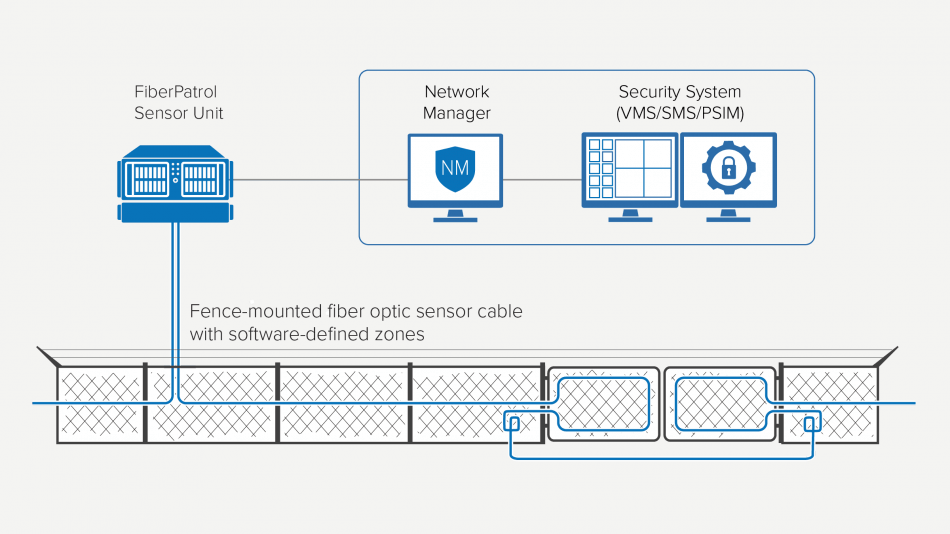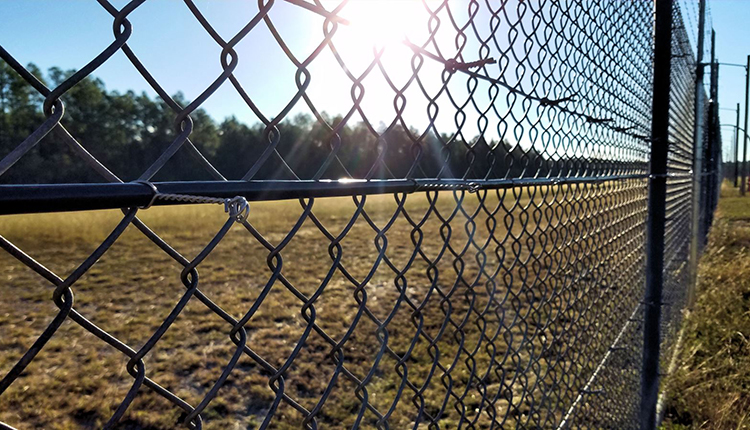Why Fiber Optic Safety Equipments Are the Future of Defense
The shift to fiber optic safety and security systems notes a substantial improvement in the world of defense, driven by their remarkable data transmission capabilities and durability to outside disturbances. As the landscape of security progresses along with emerging innovations such as AI and IoT, the capacity for fiber optics to boost and redefine safety facilities ends up being progressively obvious.
Advantages of Fiber Optic Solutions
One of the main advantages of fiber optic systems is their remarkable data transfer ability, which assists in the transmission of big quantities of information over cross countries without substantial loss. This particular is particularly advantageous for safety applications that call for the continual tracking and transfer of high-definition video feeds, sensor data, and various other crucial details. Fiber optics can accommodate the expanding needs of contemporary safety systems, guaranteeing that information continues to be undamaged and trusted.
In addition, fiber optic wires are less susceptible to electromagnetic disturbance, which can be a considerable issue in atmospheres with various electronic tools. This resistance improves the stability of the information being transmitted, consequently minimizing the threat of information violations or system failings. Furthermore, fiber optic systems are inherently a lot more secure than typical copper cords, as using a fiber optic line without discovery is exceedingly hard.
The durability of fiber optic cords also adds to their appeal. They are resistant to ecological variables such as wetness and temperature changes, decreasing maintenance costs and increasing system durability. On the whole, these benefits placement fiber optic systems as a robust and efficient choice for contemporary security frameworks, making sure trustworthy and safe data transmission.
Enhanced Data Transmission Speed

The capacity to send vast quantities of data promptly facilitates the smooth integration of high-def video feeds and progressed analytics. Security systems can now process and evaluate information in real-time, enhancing reaction times and situational awareness. Additionally, fiber optic connections support longer transmission ranges without deterioration of signal top quality, making them ideal for large protection networks.
The raised speed of fiber optic systems not just boosts the effectiveness of safety and security operations yet likewise reduces latency. This is particularly important in vital circumstances where prompt decision-making can prevent security breaches or alleviate prospective dangers. As companies proceed to prioritize safety and security and effectiveness, the need for fast and reputable information transmission will most certainly strengthen fiber optic systems as a cornerstone of modern-day safety framework.
Resistance to Interference
Fiber optic safety and security systems regularly show remarkable resistance to electromagnetic disturbance, an essential benefit in environments vulnerable to electronic noise. Unlike typical copper cables, which can be negatively affected by electromagnetic fields, superhigh frequency interference, and various other types of electric disruption, fiber optic cable televisions use light to transmit data. This integral home ensures that the signals stay clear and unaltered, regardless of surrounding digital task.
The use of glass or plastic fibers in fiber optic technology creates a barrier against interference, enabling trustworthy data transmission also in tough circumstances such as industrial centers, city areas with high digital website traffic, or areas near radio towers. This particular dramatically decreases the chance of signal degradation or loss, making fiber optic systems particularly suitable for security applications where honesty and accuracy of data are critical.
In addition, this resistance to disturbance boosts the overall efficiency and reliability of safety and security fiber optic security system systems, ensuring that tracking and alert systems function seamlessly. In a globe where safety and security is significantly endangered by sophisticated modern technologies, the strength of fiber optic systems stands apart as a crucial function, enhancing their status as an essential component of modern protection infrastructure.
Cost-Effectiveness Gradually
Considerable expense savings can be accomplished gradually with the page implementation of fiber optic safety and security systems. While the preliminary financial investment might seem higher compared to typical copper-based systems, the long-term economic advantages become apparent via decreased functional and upkeep expenses (fiber security). Fiber optic cables are naturally a lot more sturdy and much less vulnerable to ecological variables, which equates to reduce replacement and repair costs over their life expectancy
Additionally, fiber optic systems need less power to operate, which further decreases energy expenses. Enhanced information transmission capacities permit less repeaters and amplifiers, minimizing equipment financial investment and streamlining installation procedures. The scalability of these systems likewise contributes to cost-effectiveness, as companies can broaden their security facilities without incurring significant additional costs.
Another variable to think about is the raised performance in tracking and feedback abilities that fiber optics supply. Boosted real-time data transmission can lead to quicker event feedback times, potentially mitigating losses and obligations related to protection breaches. Altogether, the long-term advantages of fiber optic protection systems not only browse around this web-site validate the preliminary expense yet also position them as an economically sensible selection for organizations looking for durable protection solutions.

Future Advancements in Protection
Advancing innovations are set to reinvent protection systems, incorporating artificial intelligence (AI) and equipment discovering to improve threat detection and response capabilities. These technologies will certainly permit protection systems to analyze substantial amounts of information in real-time, identifying patterns and anomalies that show prospective hazards. This aggressive method will certainly make it possible for much faster decision-making and a lot more effective incident feedbacks.
Furthermore, the incorporation of the Net of Things (IoT) is leading the way for interconnected safety tools, supplying detailed surveillance and monitoring. Smart sensing units can communicate information concerning environmental modifications, while automated informs can notify security workers instantly of questionable tasks.
Moreover, the advancement of biometric technologies will certainly even more reinforce security mechanisms. Face recognition, finger print scanning, and retina recognition are coming to be much more advanced, providing layers of authentication that are tough to bypass.
Final Thought
In conclusion, fiber optic security systems stand for a significant advancement in defense technology, offering unmatched data transmission speed, resistance to electromagnetic interference, and long-lasting cost-effectiveness. As the demand for advanced security remedies remains to expand, the integration of optical fiber with arising modern technologies such as AI, IoT, and biometrics will even more boost protection frameworks (fiber security). The mix of these developments will certainly ensure a more safe and secure and responsive atmosphere, solidifying optical fiber as a cornerstone of future safety systems